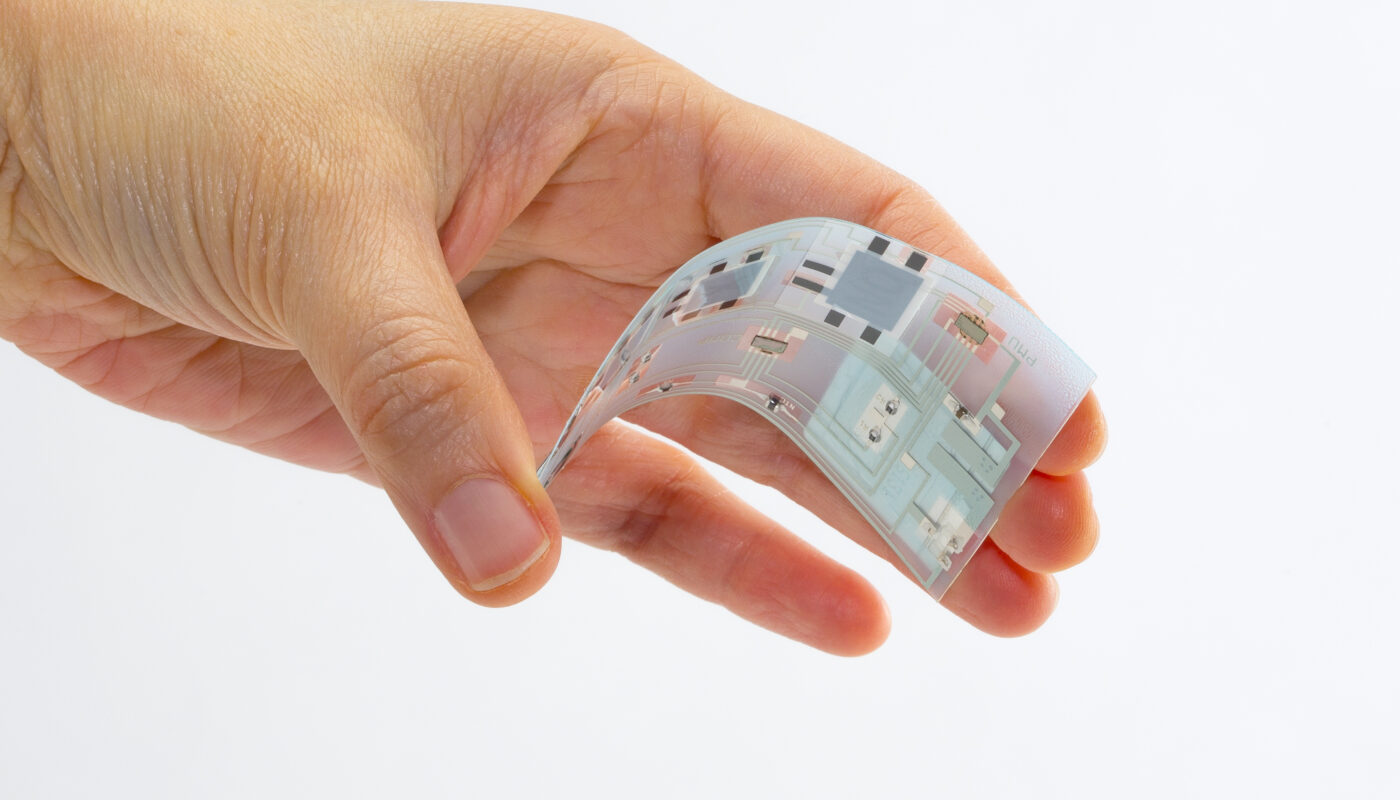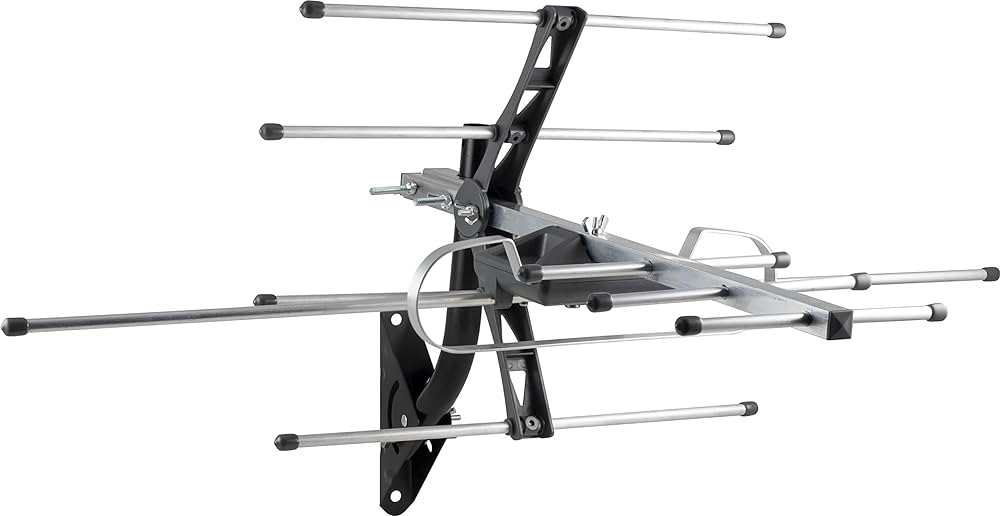Flexible hybrid electronics refer to electronic circuits and devices that are embedded or integrated within flexible, fabric-like or stretchable polymer substrates. Unlike conventional rigid printed circuit boards, flexible hybrid electronics can bend, stretch and conform to irregular or curved surfaces. This flexibility enables entirely new form factors and applications across various industries.
Materials and Fabrication Processes
Flexible Hybrid Electronics leverage both traditional electronic components as well as new flexible and stretchable materials. The key materials used include flexible polymers like polyimide, polyethylene terephthalate (PET) and silicone. Electronic components like transistors, LEDs and sensors are either embedded within the flexible substrate or integrated on top using novel stretchable conductors. Special fabrication processes like thin-film deposition, printing, lamination and molding enable the mass manufacturing of these flexible circuits.
Applications in Wearables and Skin Patches
One of the biggest application areas for flexible hybrid electronics is wearable devices and skin patches. Due to their flexibility and lightweight properties, flexible circuits can be easily incorporated into clothing, accessories and temporary skin tattoos. Companies are developing smart fabrics, wristbands, headbands and virtual reality glasses using flexible hybrid electronics. Electronic skin patches for medical monitoring are also replacing bulky medical devices by blending into the skin seamlessly.
Advancing Displays with Flexible Screens
The display industry has heavily invested in flexible hybrid electronics to realize the vision of flexible, rollable and foldable displays. Smartphones with flexible OLED displays that can fold, roll or twist are becoming a reality. Car dashboards and airplane ceilings with curved screens are also being enabled by this technology. Flexible displays offer new interaction paradigms beyond the conventional rigid form factors with many applications yet to be imagined.
Revolutionizing Bioelectronics and Medical Devices
One of the most promising applications of flexible hybrid electronics lies in advanced bioelectronics and medical devices. Flexible electronics are enabling new minimally invasive and implantable medical devices by leverage their mechanical versatility. Temporary tattoos with biosensors can continuously monitor health vitals. Retinal implants with flexible microLED arrays could restore vision. Deformable EKG patches make cardiac monitoring more comfortable. Overall, the flexibility of hybrid electronics is a game changer for next-gen healthcare.
Potential in Consumer Electronics and Beyond
Beyond these niche domains, Flexible Hybrid Electronics open up entirely new product categories across consumer, industrial and infrastructure applications as the form factors diversify. Flexible smartphones, laptops and tablets are coming closer to reality. Curved TVs and interactive home mirrors are envisioning new entertainment experiences. Other emerging applications include smart containers for logistics, modular construction materials and even folding space habitats – the possibilities remain endless as the technology matures further.
Challenges and Future Outlook
While exciting progress has been made, flexible hybrid electronics still face challenges related to cost, lifetime, mass production capabilities and standardization. Ensuring mechanical and electrical reliability of flexible circuits upon repeated bending, stretching and twisting remains an active area of research. Improving energy storage options for flexible devices is another key challenge. However, continued innovation and multidisciplinary efforts from materials science, microfabrication, packaging and application domains promise to steadily address these challenges. Looking ahead, flexible hybrid electronics have the transformative potential to revolutionize how technologies interface with our world and mediate human experiences and interactions like never
*Note:
1. Source: Coherent Market Insights, Public sources, Desk research
2. We have leveraged AI tools to mine information and compile it.



